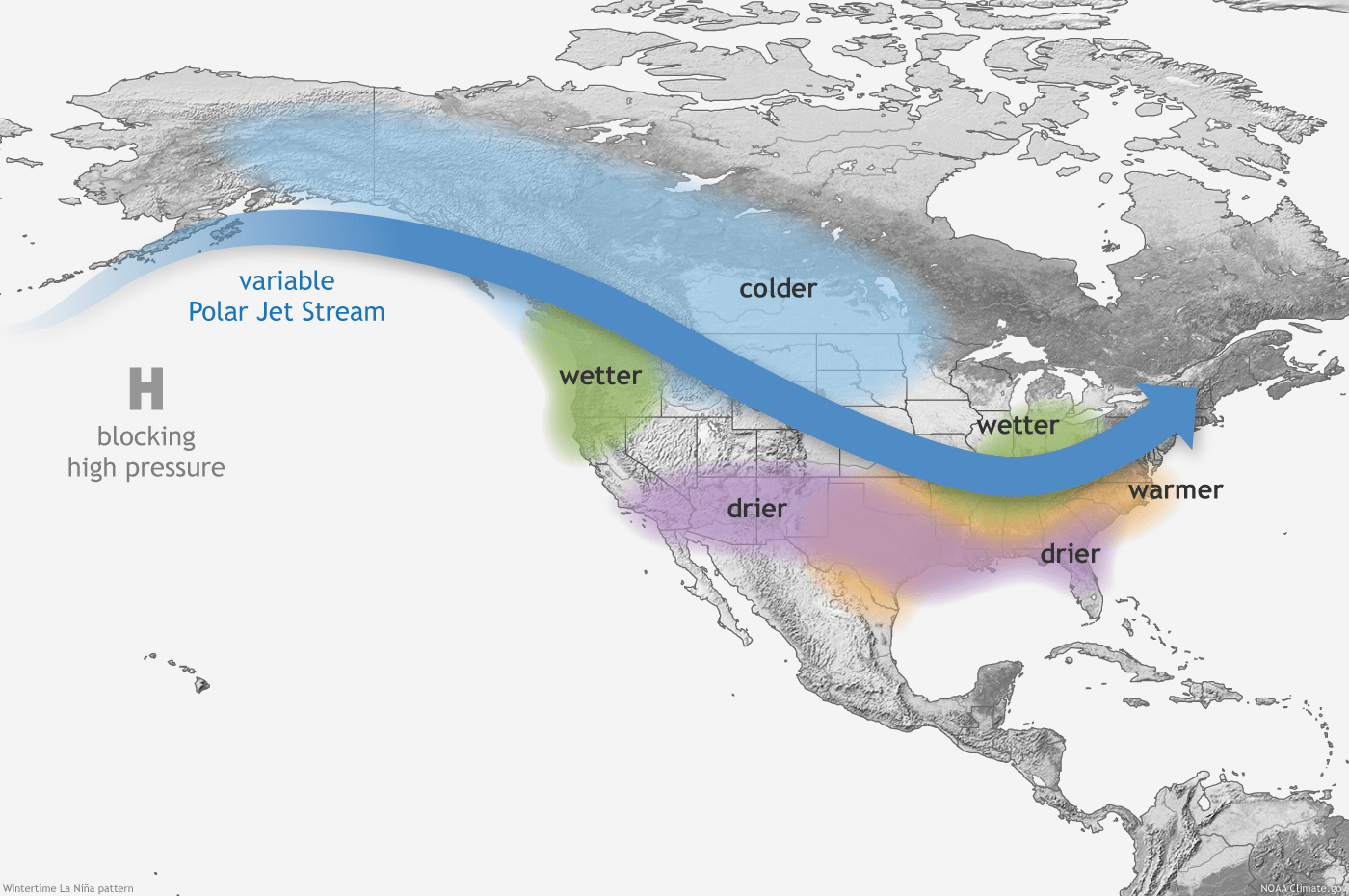Frigid 2022? Blame it on La Niña
Temperatures running about 5 degrees colder than average so far in 2022.

Typical La Nina winter and spring pattern
NOAA
Go Deeper.
Create an account or log in to save stories.
Like this?
Thanks for liking this story! We have added it to a list of your favorite stories.


